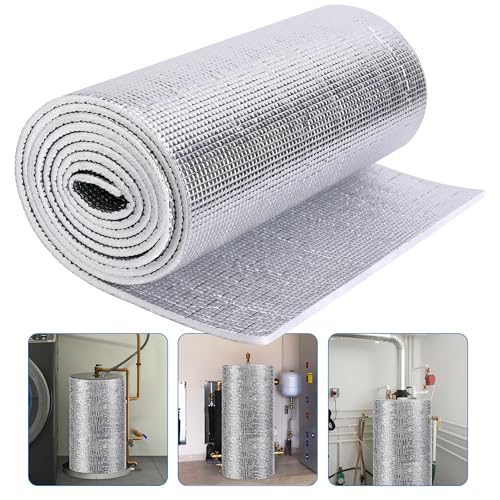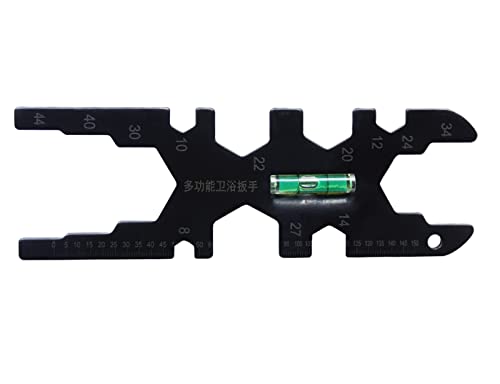Hello. Need some advice. Long story short, started smelling some foul odors and realized this! The drain is about 1 ft ABOVE the front load washing machine. It drains across to the right, not straight down.
Went to Home Depot today and picked up some couplings, PVC, a 90° elbow and a "U" piece of PVC. Wondering if I should just attach the 90° elbow to the U and add 18" of PVC OR add some PVC to lower the U and then add 18" of PVC.
Not sure what is best for this situation seeing as there is limited room and because of the height/direction the drain is running as well as the drain being ABOVE the washing machine.
Any advice would be greatly appreciated. Thank you.

Went to Home Depot today and picked up some couplings, PVC, a 90° elbow and a "U" piece of PVC. Wondering if I should just attach the 90° elbow to the U and add 18" of PVC OR add some PVC to lower the U and then add 18" of PVC.
Not sure what is best for this situation seeing as there is limited room and because of the height/direction the drain is running as well as the drain being ABOVE the washing machine.
Any advice would be greatly appreciated. Thank you.




























































